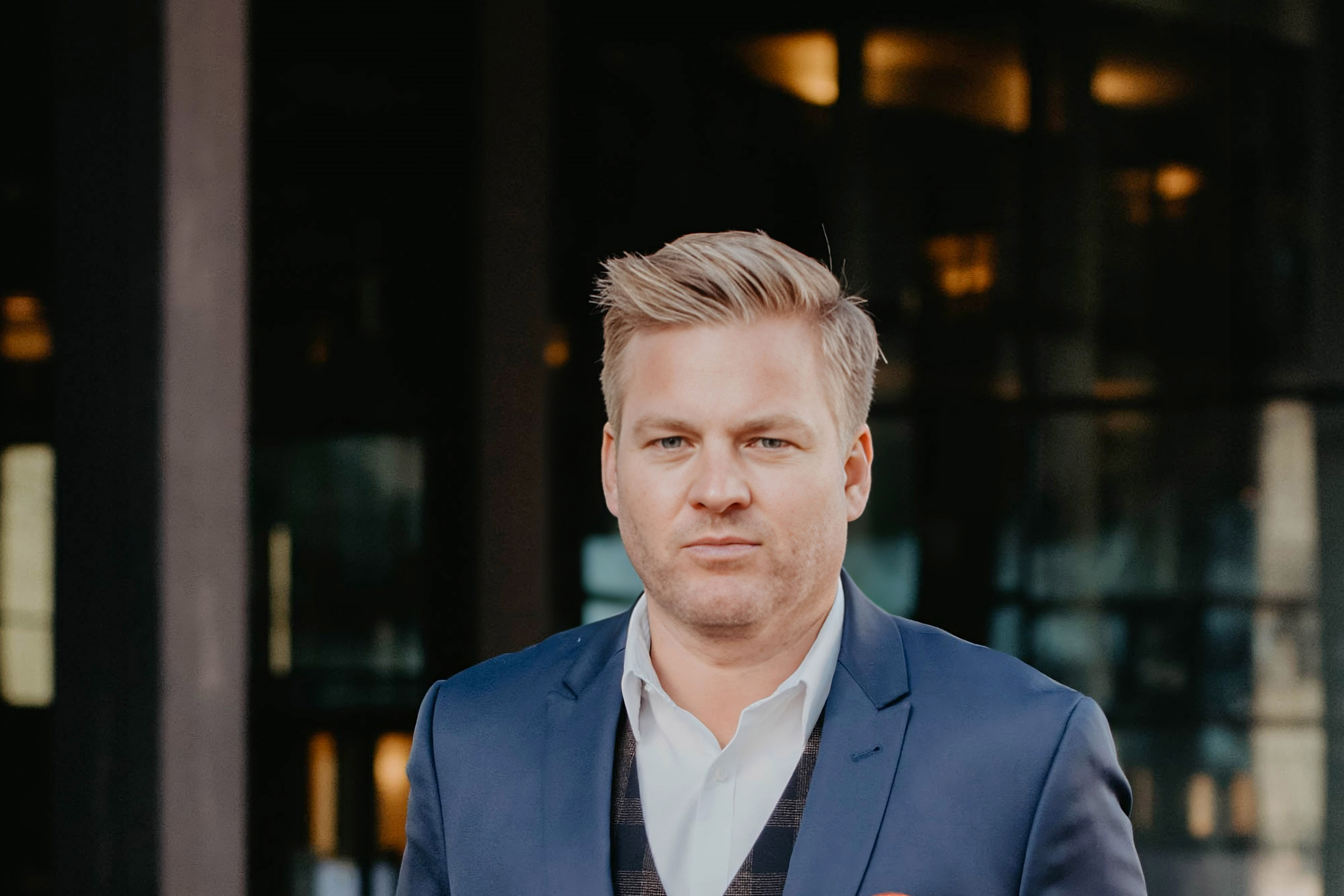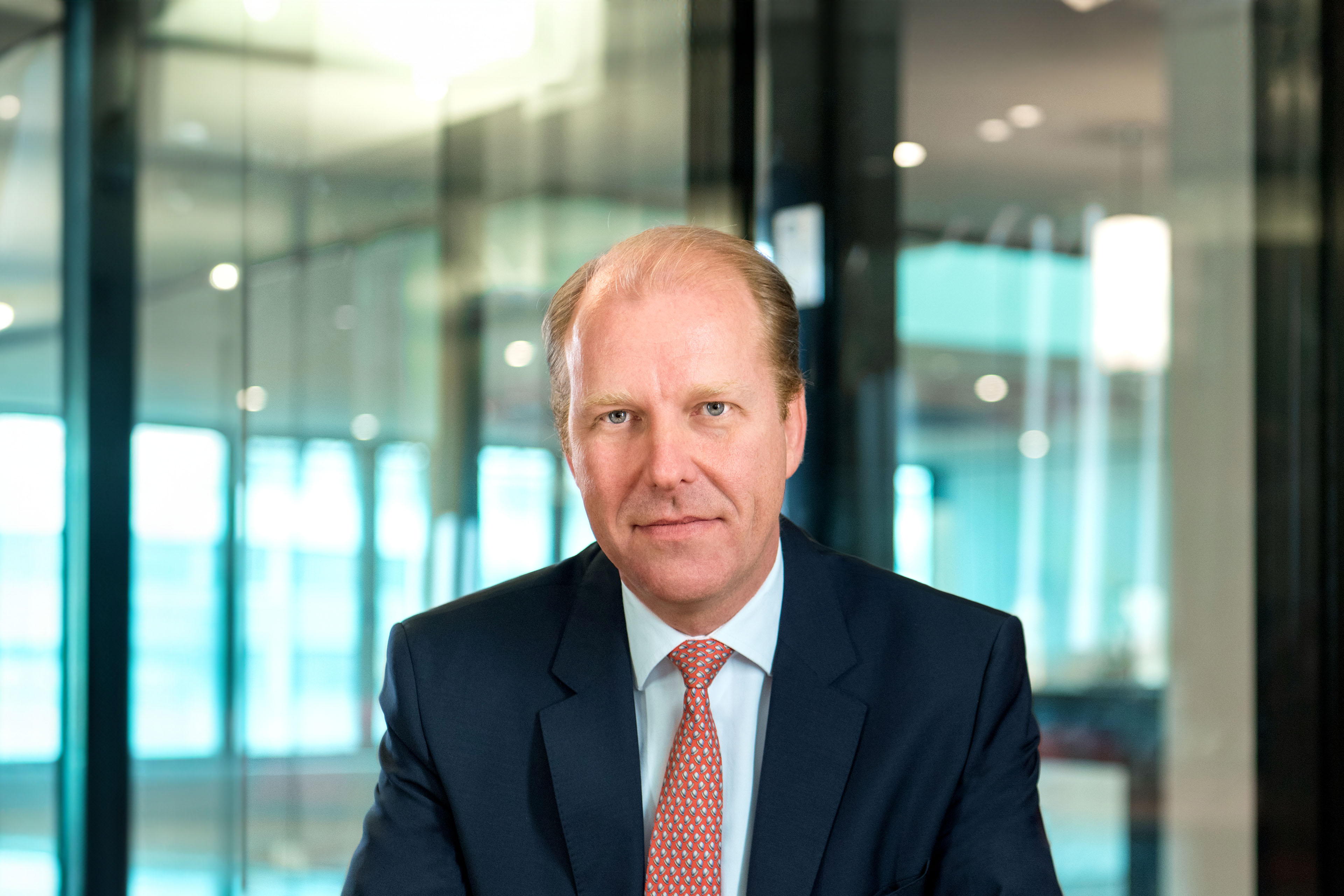The wealth management business has changed profoundly during the last decade. Clients increasingly expect tailored advice based on their unique needs, as well as access to intuitive digital tools and personalized experiences. This observation applies to those with varying levels of assets and a wide range of holdings that are not limited to standard financial assets.
At one of Europe’s leading financial services institutions, management of the reputable private banking business knew it needed to rethink its approach to customer service if it was to shape a value proposition that would sustain its market leadership. Senior executives recognized not only the need to make near-term changes to enhance specific capabilities but also that a mindset of continuous innovation was necessary to fall in line with constantly rising customer expectations and rapid-paced technological advancement.
Specifically, the bank sought greater visibility into its customers’ needs, goals and the major life events it would be facing, as well as full visibility across assets, both bankable and non-bankable. With limited insight, the bank was challenged to generate data-driven recommendations for appropriate investments or portfolio refinements. Further, end-to-end investment processes needed to shift from product centric to customer centric since individual clients expected that all products would have concrete solutions to help them achieve their personal goals. Placing their needs, ambitions and objectives at the core of the investment environment was key in responding to the industry-wide request.
Perhaps the most powerful change involved customers’ progressing preferences for richer digital experiences. They increasingly felt the need for more options to engage with the bank — using diverse channels, such as face-to-face meetings, phone and self-service portals, as well as new digital tools for different tasks and at different points in their banking journeys. Such a hybrid model, which is rapidly becoming a baseline in the industry, required a more flexible approach to customer experience design, as well as operational and cultural changes. The bank’s existing technology framework, processes and organizational structure prevented it from delivering integrated hybrid experiences.
Such enhancements were imperative given that high-net-worth individuals and families were now looking for the bank to integrate a broad range of services, including retirement planning, tax planning and legal guidance, within their banking journeys.
This rising demand presented a growth opportunity for the bank but also a competitive threat. It opened the door for other players to expand and create integrated wealth management offerings built on stronger value propositions to support the bank’s current clientele. The bank chose the EY organization for its deep understanding of the evolving private banking market, its unique global insights to the market, a successful track record in designing front-facing, tech-enabled solutions and, most importantly, a proven ability to strategize and implement end-to-end transformation initiatives.





